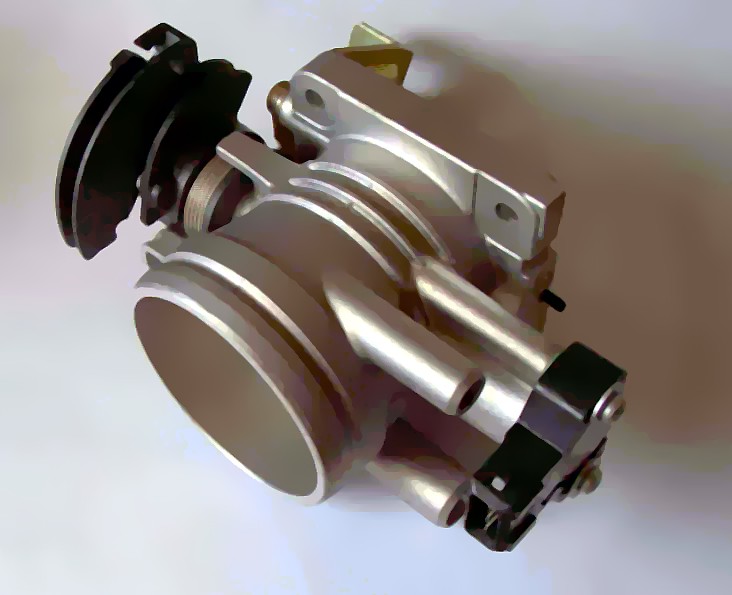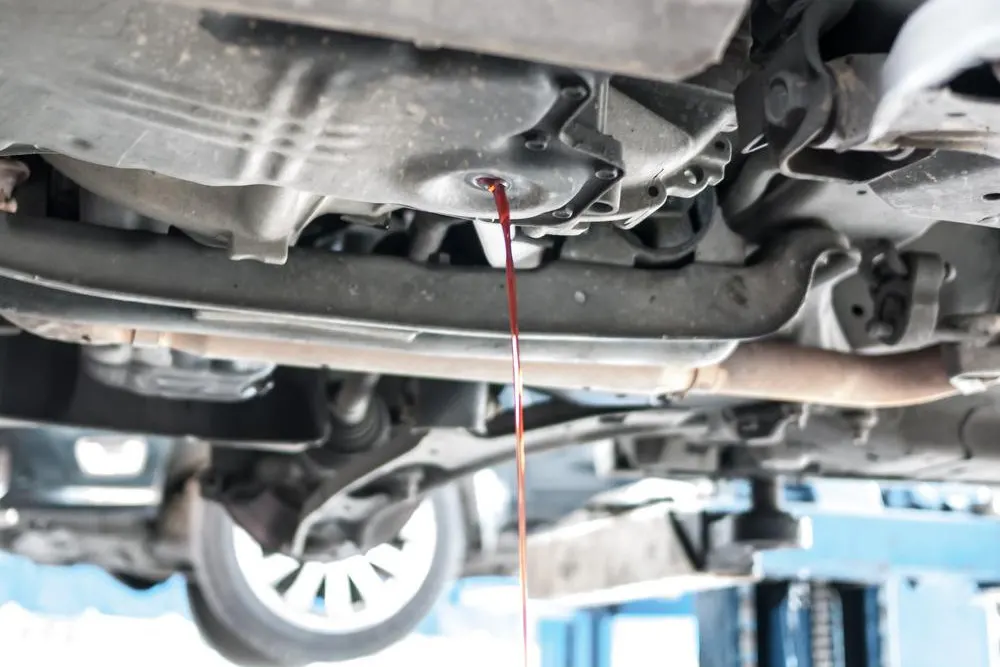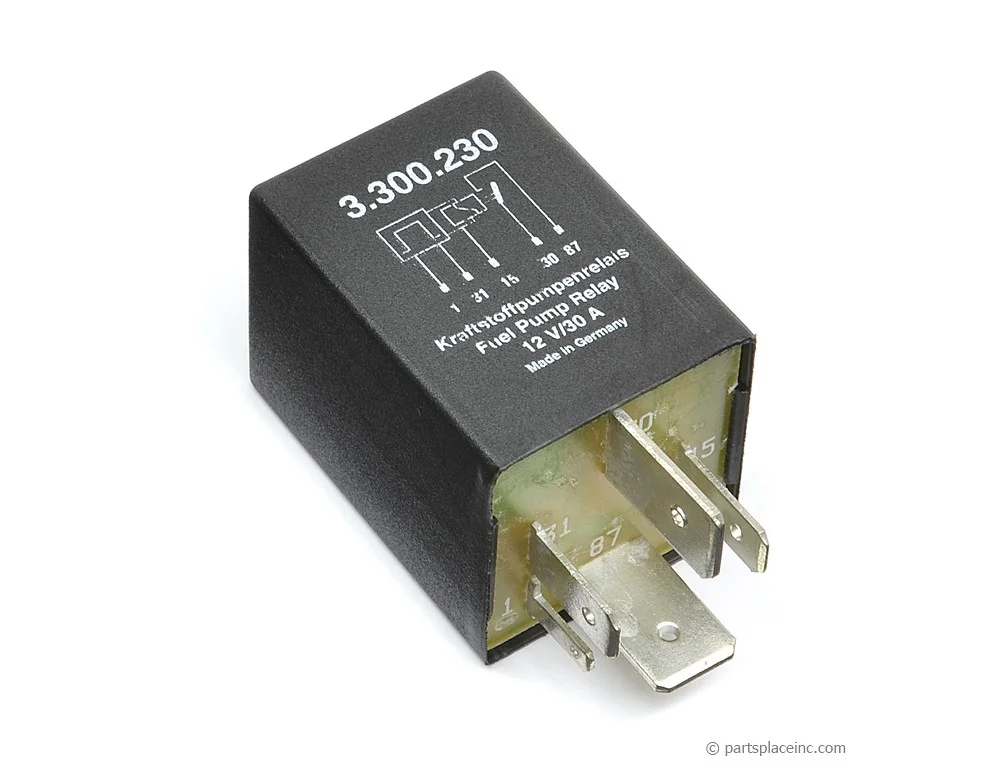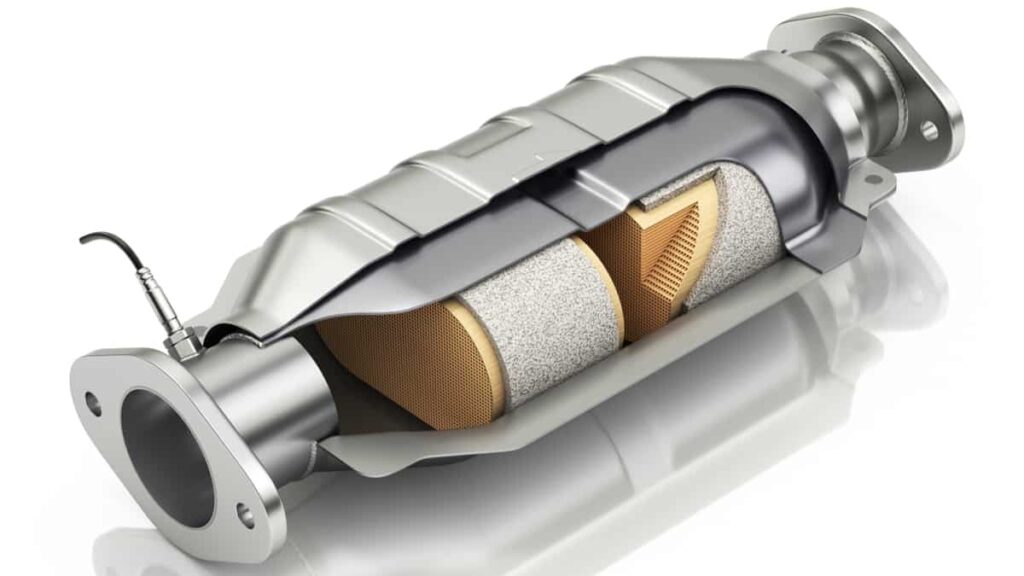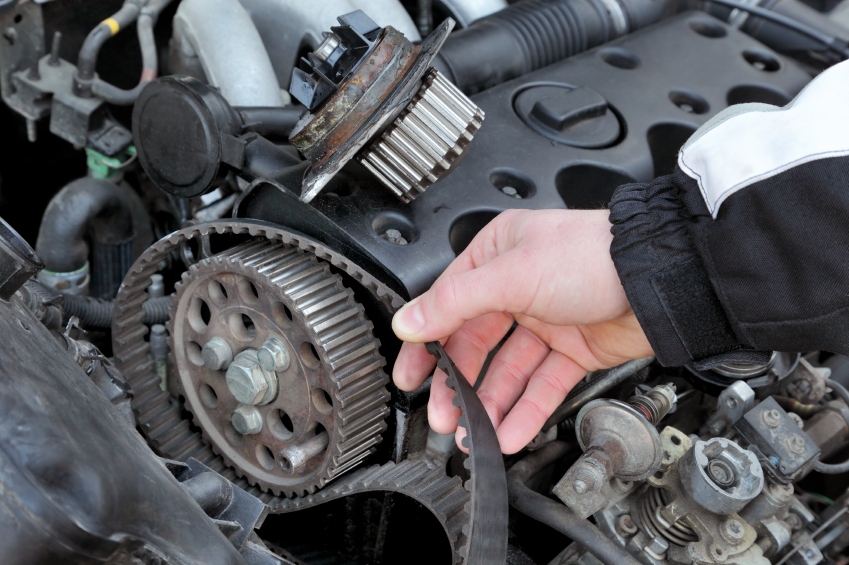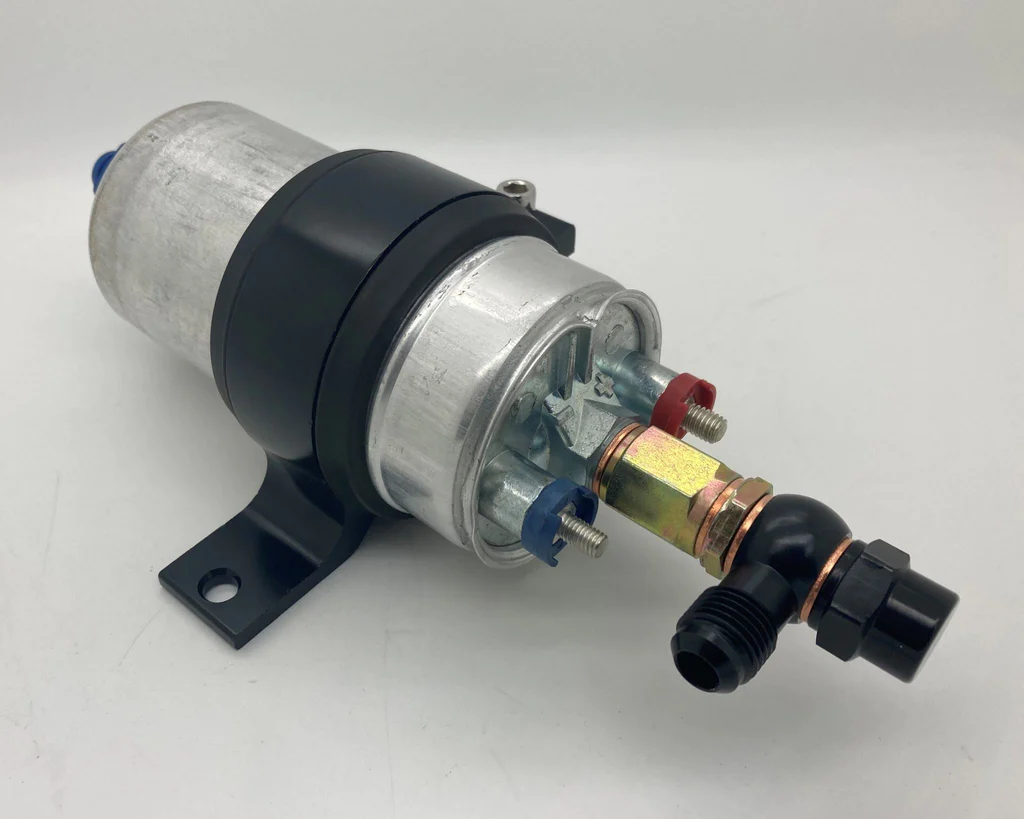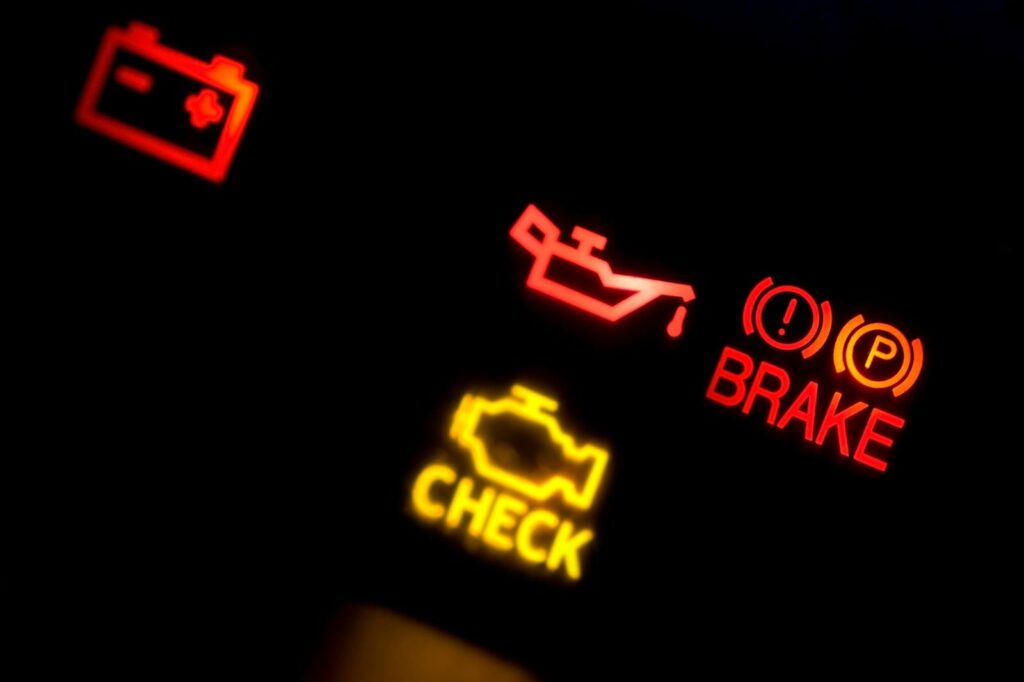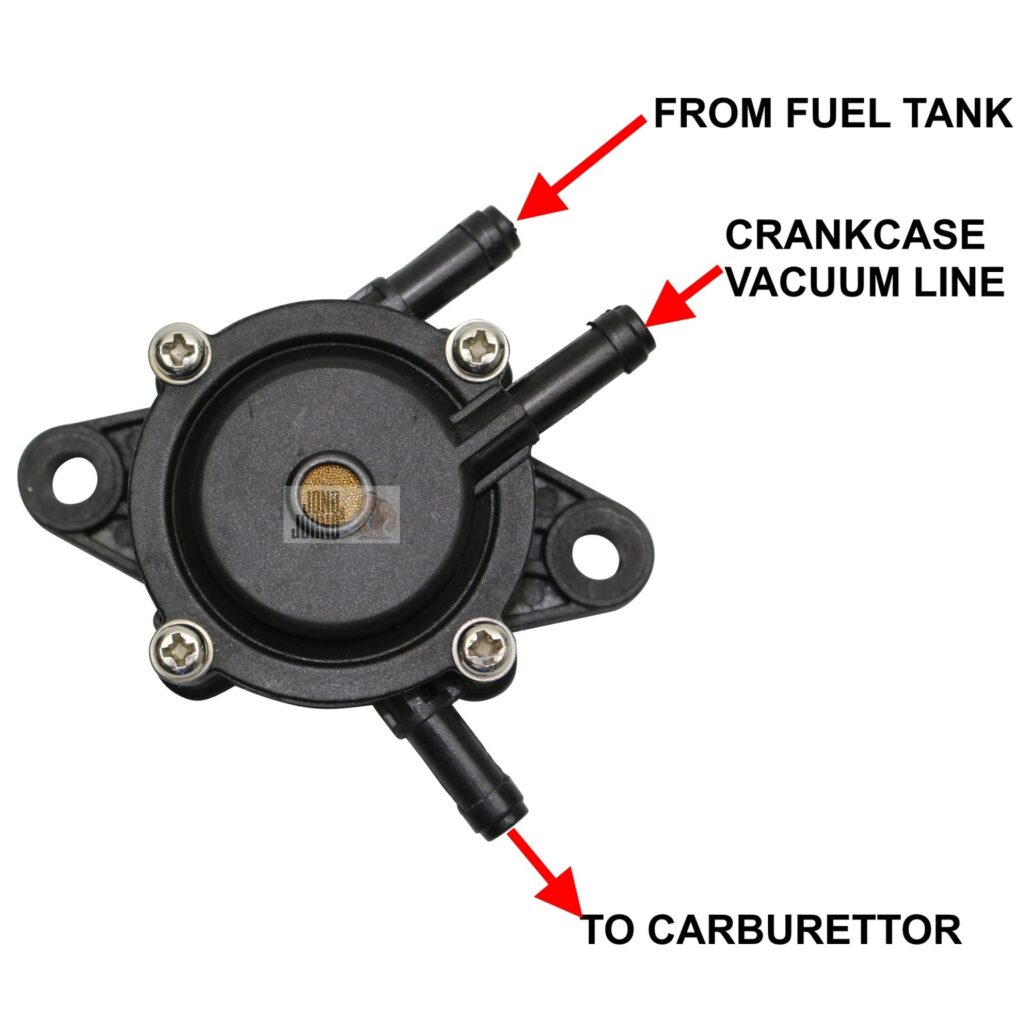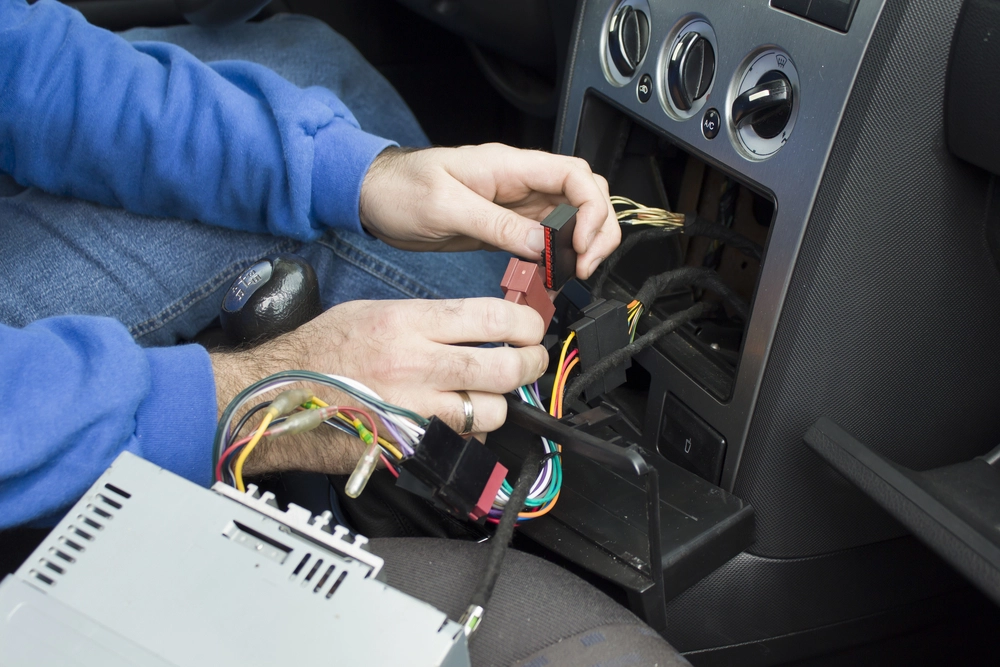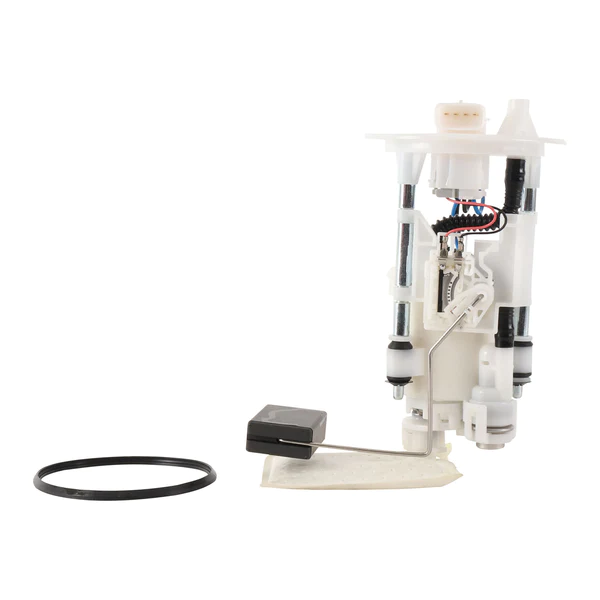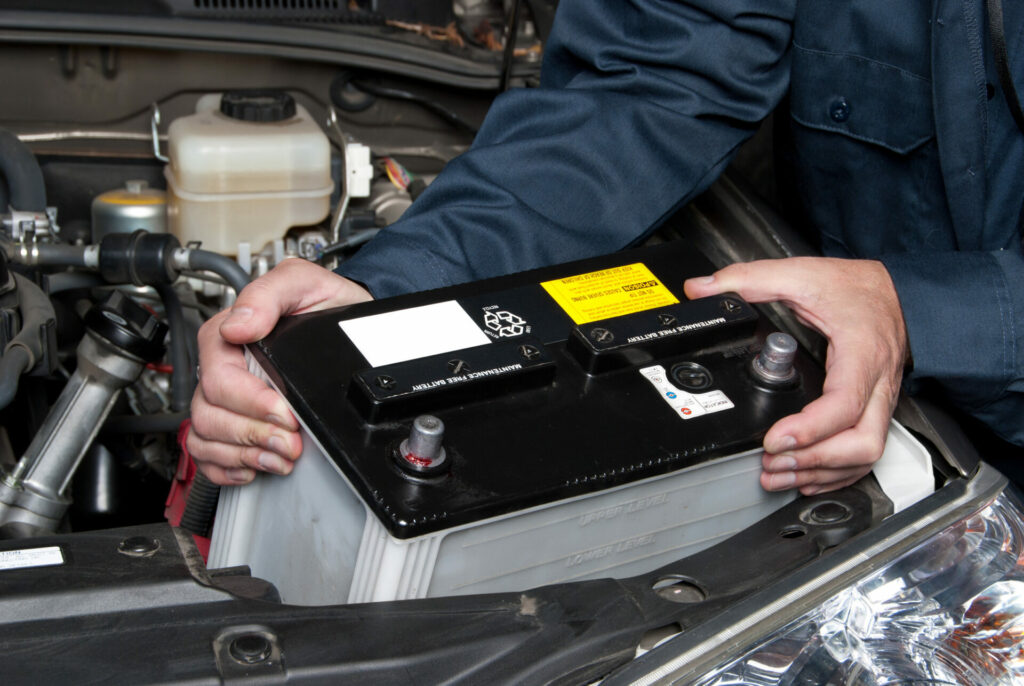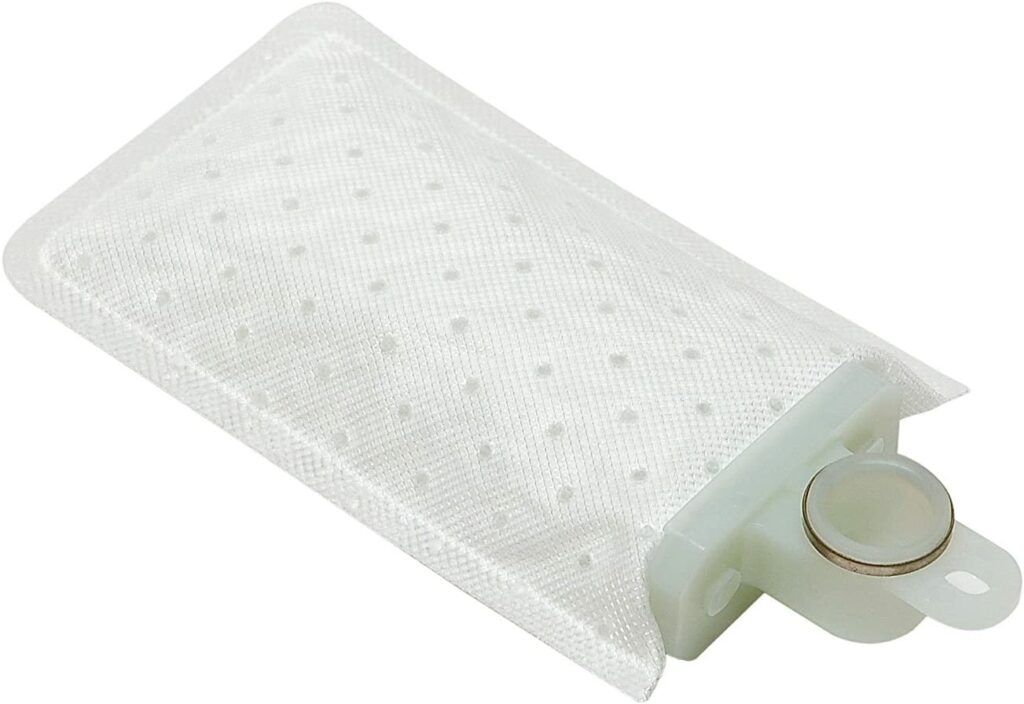Introduction:
The Throttle Position Sensor (TPS) is a crucial component of your vehicle’s fuel injection system. It measures the position of the throttle and sends this information to the engine control module (ECM) so it can adjust the fuel mixture accordingly. In this article, we will discuss the common causes of TPS problems and how to fix them.
Symptoms of a Faulty TPS:
Before we dive into the causes and fixes for TPS problems, let’s first discuss the symptoms of a faulty TPS. These symptoms include a rough idle, stalling, poor acceleration, and poor fuel economy. If you notice any of these symptoms, it’s a good idea to have your TPS checked.
Causes of TPS Problems:
There are several common causes of TPS problems. One of the most common causes is wear and tear on the TPS itself. Over time, the TPS can become worn out, which can lead to poor performance and inaccurate readings. Another common cause is a dirty or clogged air filter. A dirty air filter can reduce airflow to the engine, which can affect the TPS’s performance.
Fixing TPS Problems:
Here are the steps you can take to fix TPS problems:
Step 1: Check the TPS:
The first step in fixing TPS problems is to check the TPS itself. You can do this by using a multimeter to check the TPS’s voltage output. If the output is not within the specified range, then the TPS may be faulty and needs to be replaced.
Step 2: Clean the Throttle Body:
If the TPS is not the problem, the next step is to clean the throttle body. This can be done by using a throttle body cleaner and a clean cloth. Be sure to use a cleaner that is specifically designed for throttle bodies, as regular carburetor cleaner can damage the TPS.
Step 3: Replace the Air Filter:
If cleaning the throttle body doesn’t solve the problem, the next step is to replace the air filter. A dirty or clogged air filter can reduce airflow to the engine, which can affect the TPS’s performance.
Precautions:
It is important to be cautious when working on the TPS or the throttle body. Always refer to the vehicle’s service manual for specific instructions. Also, be sure to use the proper tools and equipment, and never touch the TPS or throttle body with your bare hands.
Conclusion:
The Throttle Position Sensor (TPS) is an important component of your vehicle’s fuel injection system. If you notice any of the symptoms of a faulty TPS, it’s important to have it checked as soon as possible. Common causes of TPS problems include wear and tear on the TPS itself, a dirty or clogged air filter, and poor performance. By following the steps outlined in this article, you can fix TPS problems and get your vehicle back on the road in no time. Remember to always refer to the vehicle’s service manual and use the proper tools and equipment.

